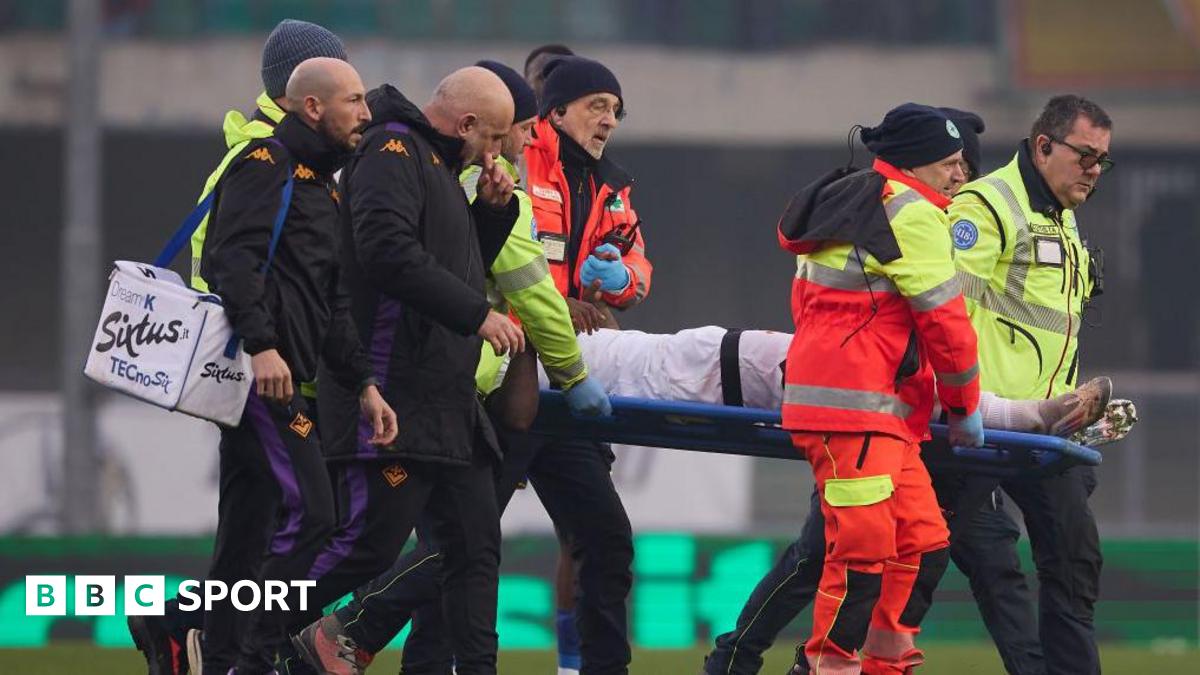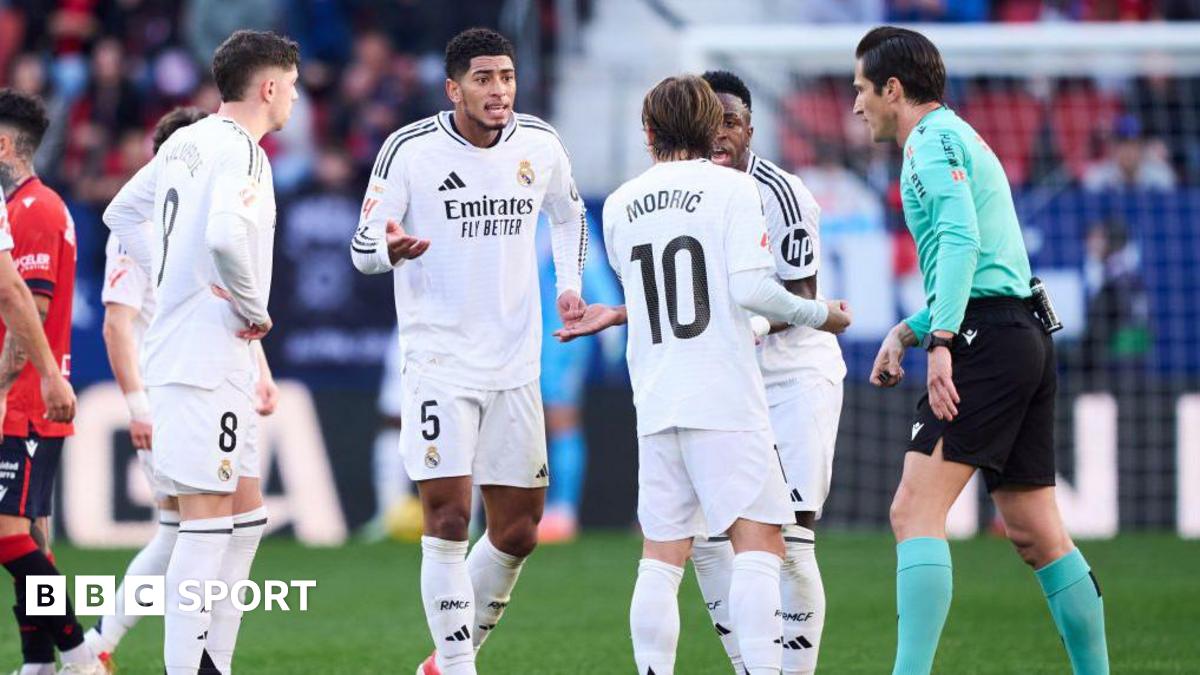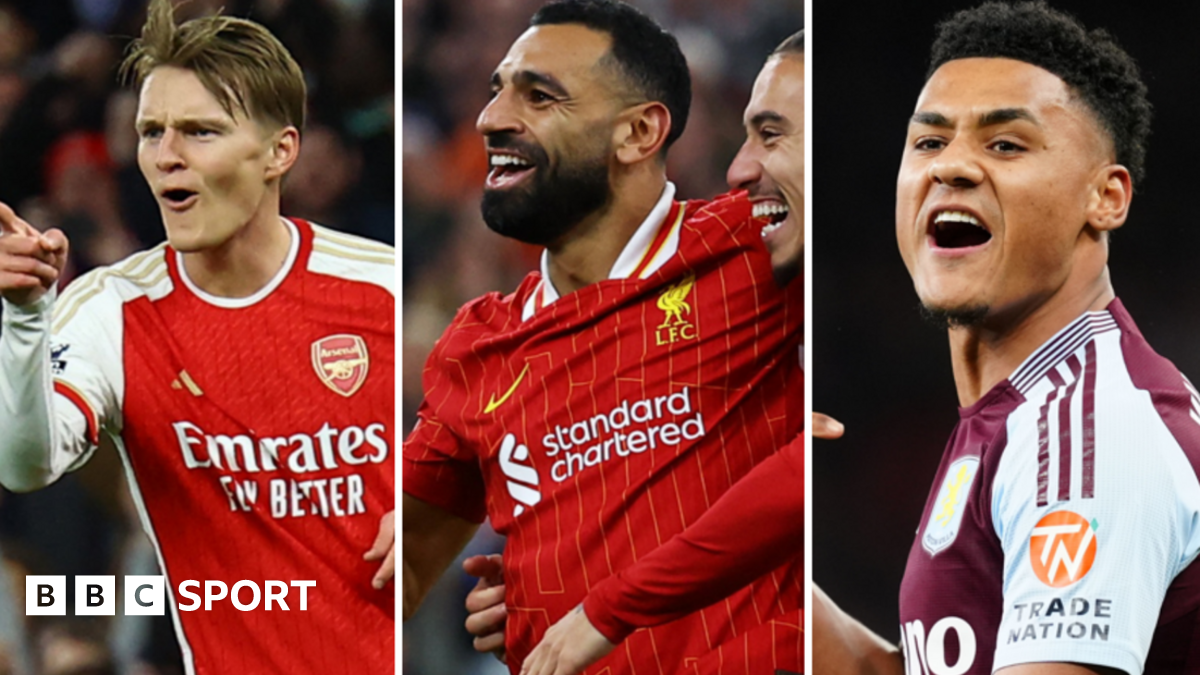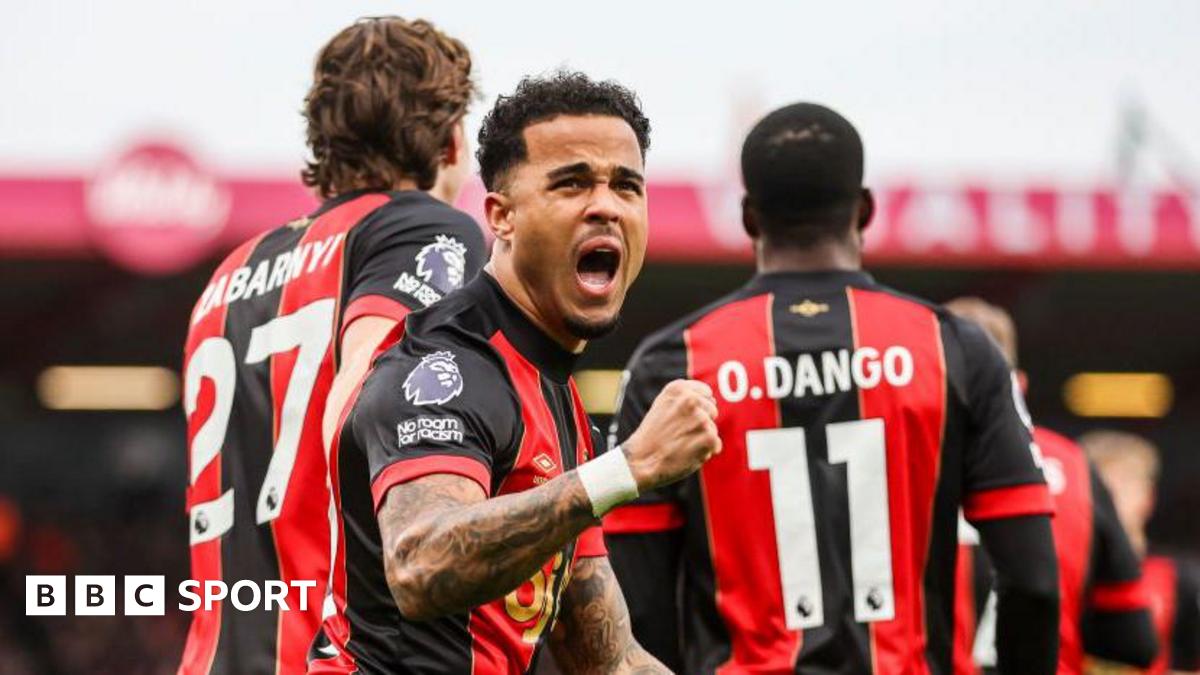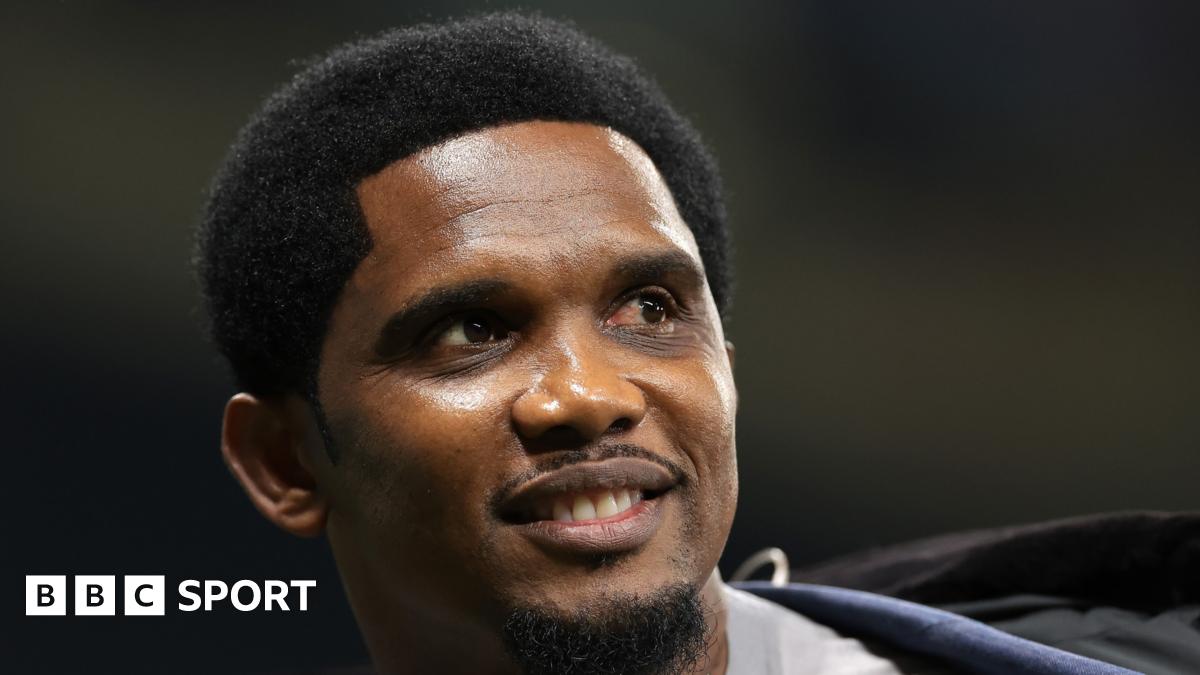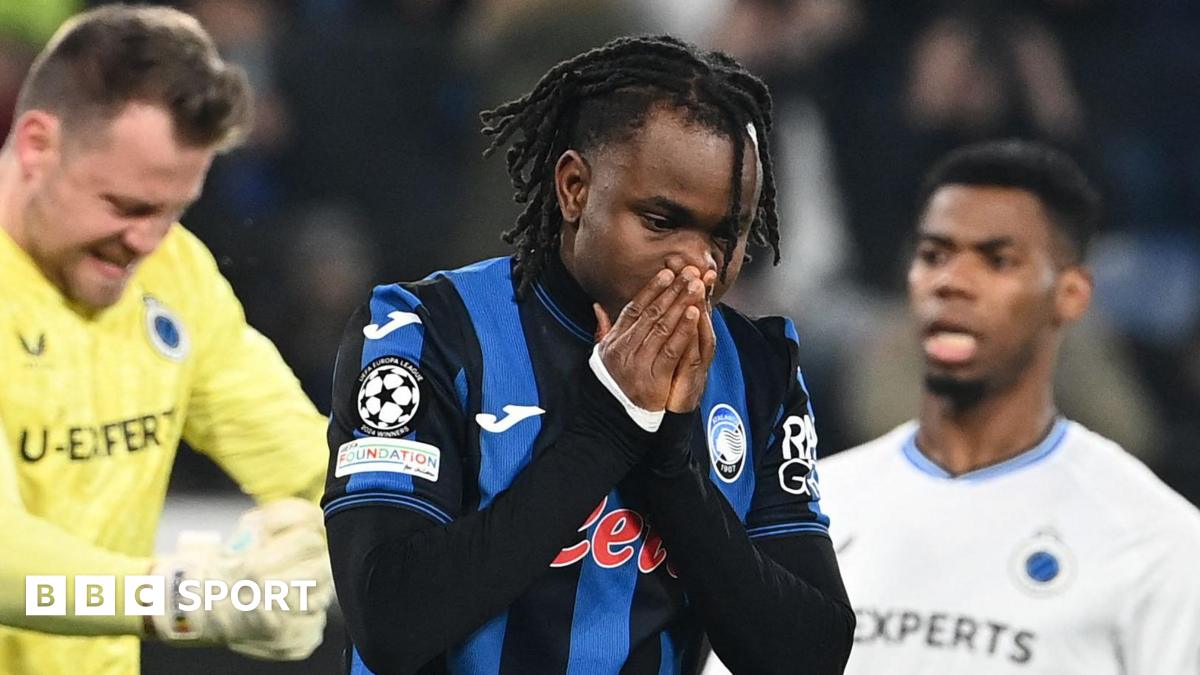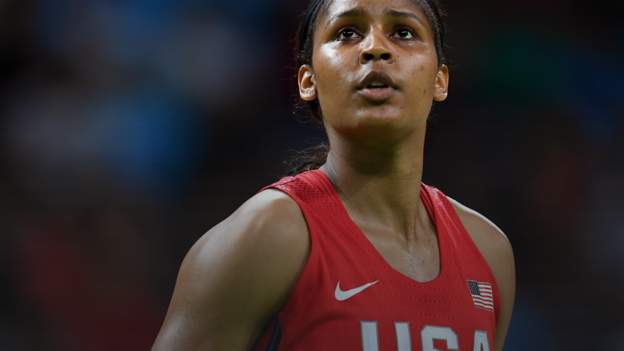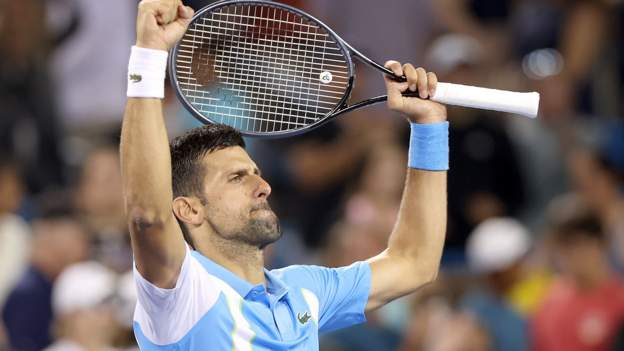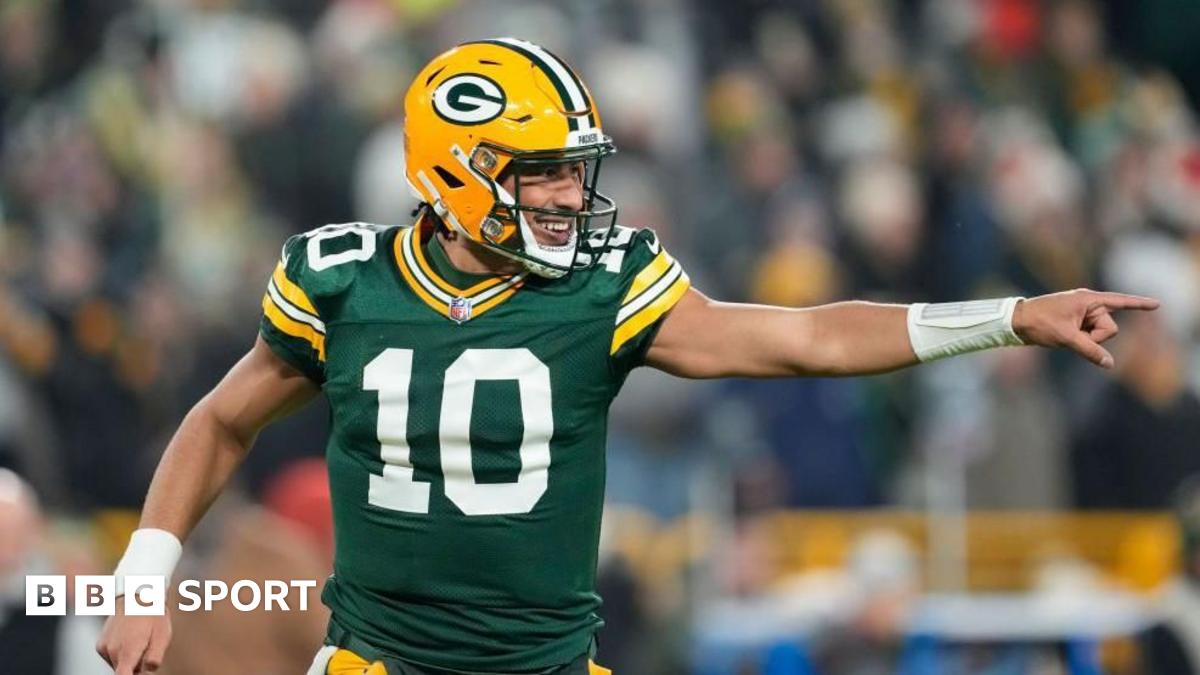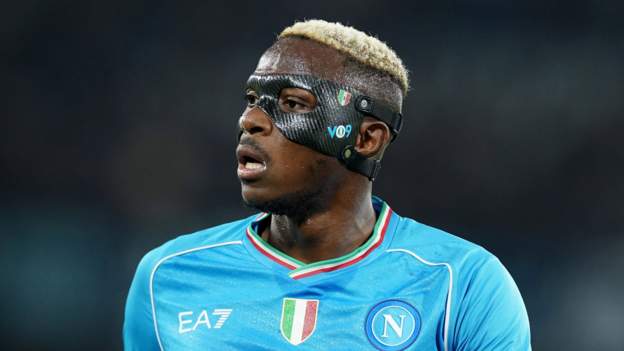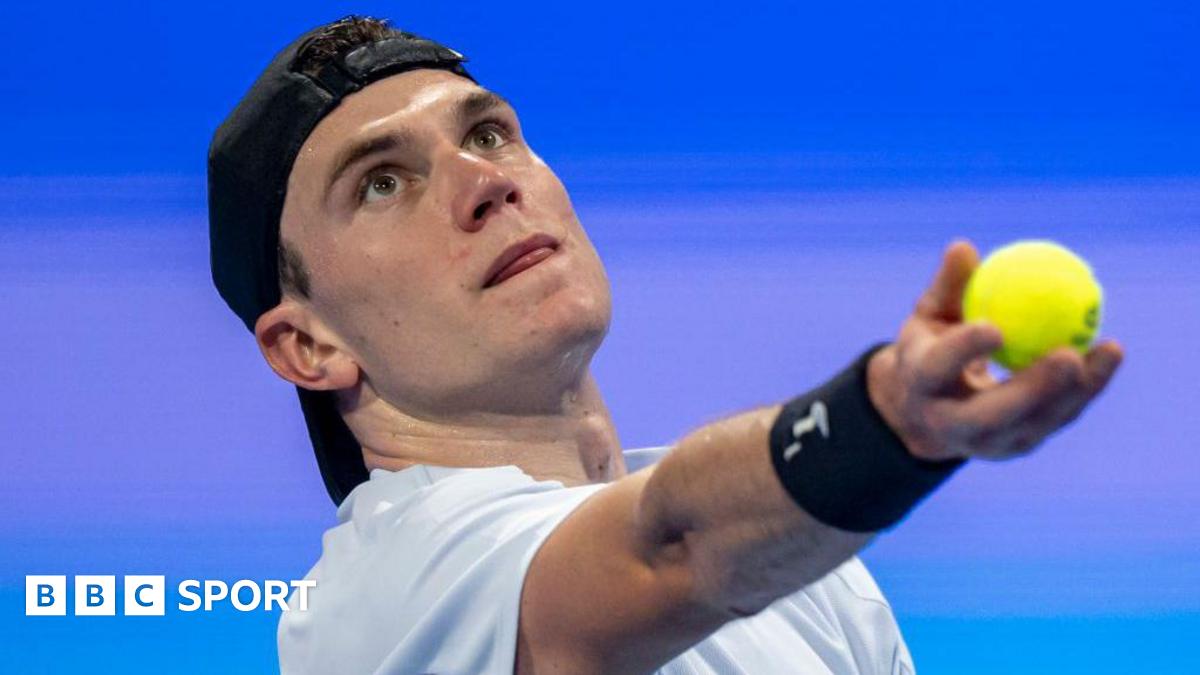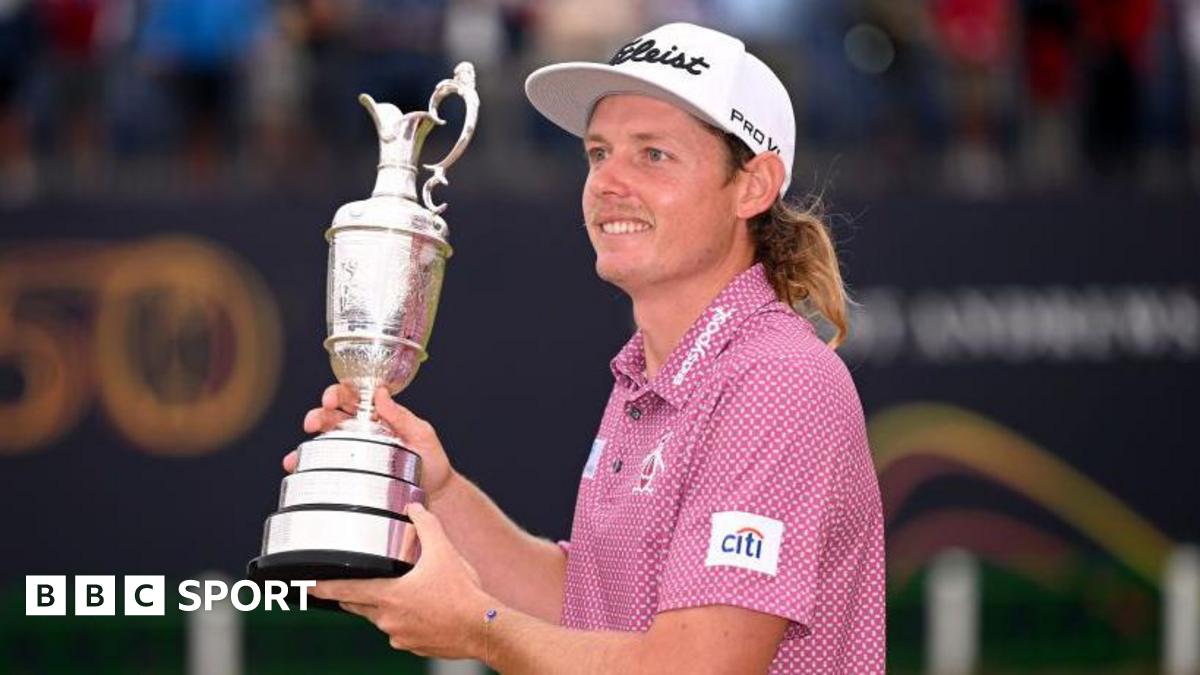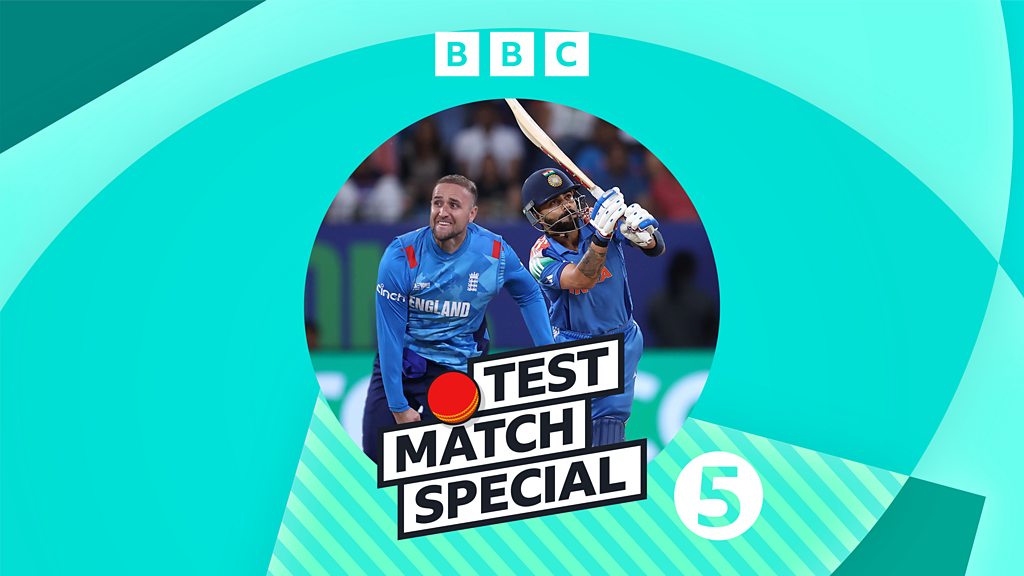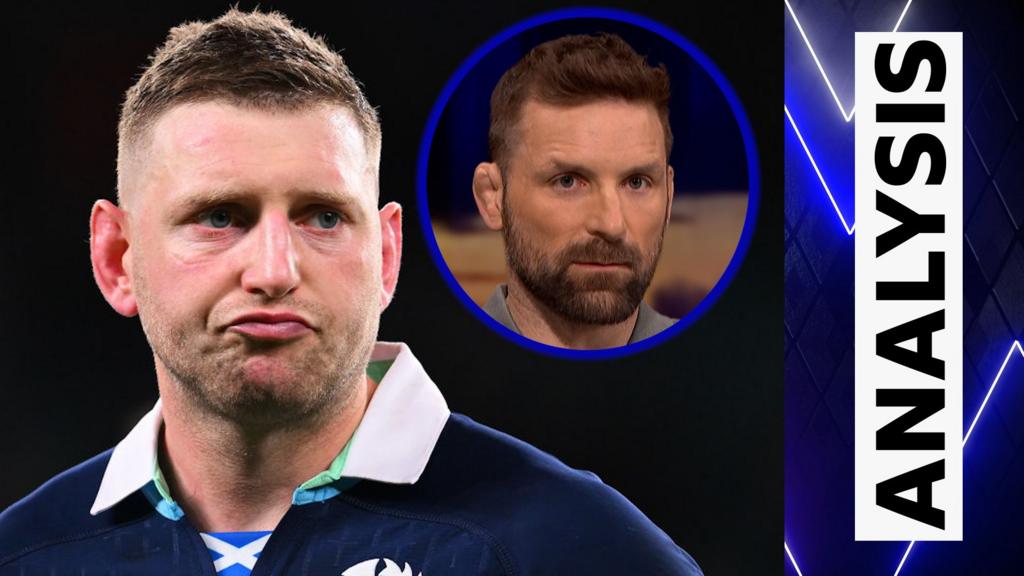
As Jonathan Irons emerged from prison, Maya Moore fell to her knees.
It took a moment for her strength to return. Then she got up and embraced him, a free man for the first time in over 23 years.
Irons’ first steps outside that building were also the last on a path the two had been walking together for more than a decade.
Once she had regained composure, Moore turned to the phone filming the momentous occasion and said: “OK guys. It’s done. It’s over.”
This is the story of their extraordinary journey.

The 2020 WNBA season started on 25 July. The Minnesota Lynx are aiming for a fifth title but for the second season in a row they are doing it without one of their star players.
Back in 2011, Moore was a first-round draft pick for the Lynx. Since then, she has helped them win four championships and was named MVP in the 2014 season.
The 31-year-old also has two Olympic and two World Championship gold medals. Some would argue she is the best the WNBA has seen.
But in early 2019 she shocked the sport by giving it all up because of a man she had met 12 years before. A man who had become like a brother to her.
Although he was just 16 when the crime took place, Irons was tried as an adult.
On 14 January 1997, someone entered the home of Stanley Stotler, situated in a white working-class suburb of St Louis, Missouri. When Stotler returned, the burglar shot him in the head.
Stotler survived and was initially unable to identify the perpetrator in a line-up of six photos. According to the New York Times, a police officer asked him to make his best guess and he pointed at a picture of Irons and another one of a different African-American man.
Later, at a preliminary hearing, Stotler identified Irons as the assailant. But there were no fingerprints connecting the teenager to the crime. No DNA or blood evidence. No corroborating witnesses.
A public defender would not allow Irons to take the stand to proclaim his innocence, saying he was too young and uneducated.
Prosecutors said Irons had admitted the offence, something he and his lawyers denied. The officer who questioned Irons was alone and did not record the interview.
At the time of the trial, in October 1998, American politicians were running on tough-on-crime platforms. There were particularly harsh sentences for young offenders handed out.
A prosecutor is quoted as saying about Irons: “Don’t be soft on him because he is young. He is as dangerous as somebody five times that age.
“We need to send a message to some of these younger people that if you are going to act like somebody old, you are going to be treated like somebody old.”
In December 1998, aged 18, Irons was convicted of assault and burglary by an all-white jury and sent to prison for 50 years.

In 2007, nine years into that sentence, an 18-year-old Moore travelled to Missouri to visit family and met Irons through the prison ministry they were involved with.
Over the years that followed, she continued to return to Jefferson City – her hometown – to visit Irons. She sent him books by her favourite writers and spoke to him on the phone before big games.
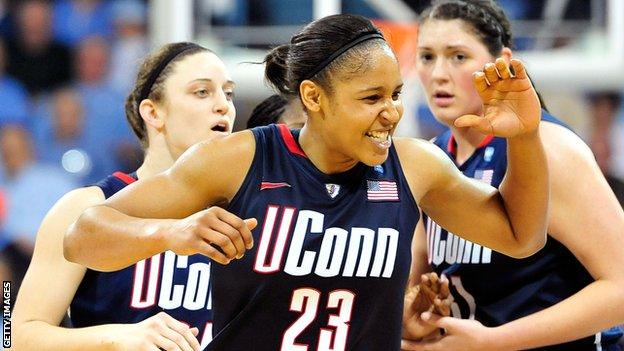
Eventually, she decided to press pause on her basketball career.
Why? Because she always believed Irons was telling the truth.
“There’s something about truth that makes you believe it’s going to happen,” Moore says.
“He just had to keep believing that if we could get the truth in front of the right people, who want to do the right thing, they’ll do it.”
So in early 2019, when she was supposed to be preparing for the new WNBA season, Moore got to work with Irons and his lawyers to request a retrial. She dedicated herself to the cause.
Some 21 years after Irons’ conviction, state prosecutors were still not willing to admit defeat. They tried to prevent a review but were unsuccessful and, in October 2019, Irons was finally able to state his innocence in front of a judge.
On 9 March 2020, Irons’ conviction was overturned. Judge Daniel Green described the original case as “very weak and circumstantial at best”.
In his decision, the judge cited a fingerprint found inside a door in Stotler’s home that matched neither Stotler nor Irons.
It was evidence that could have proved someone else committed the crime, but it was never turned over to the defence team in the trial in 1998.
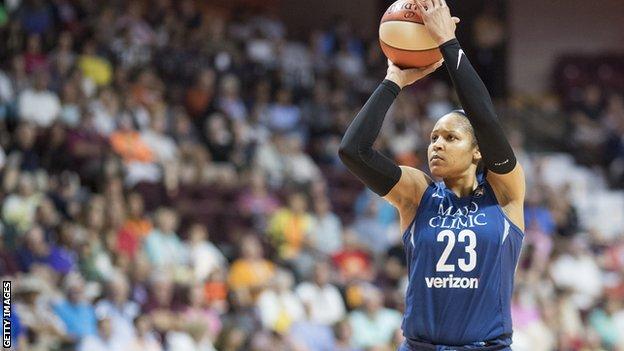
Irons’ story is not unique and it is rooted in systems and issues unimaginably complicated to unpick.
The 2016 Netflix documentary 13th shone a light on statistics demonstrating how prisons in the United States are disproportionately filled with African-Americans.
Perhaps the most eye-opening one was this: while a white male in the country has a one in 17 chance of ending up behind bars, for black males it is one in three.
But sometimes for change to happen, statistics are not enough. It takes a real, human story.

The death of George Floyd in Minneapolis, Minnesota sparked reaction across the world.
People saw Floyd as a father, a brother, someone who called out for his mother in his dying moments.
Just as Floyd’s death has started a global conversation on race, Moore hopes Irons’ story can lead to change in the American justice system.
“This is an issue of long-term dehumanisation that has been expressed intentionally through systems in our country,” she says.
“The systems that were intentionally woven into the fabric of our home are still here and have been impacting us for generations.
“George Floyd was a human being and all the other lives are human beings. When you dehumanise someone, you become dehumanised as well.”
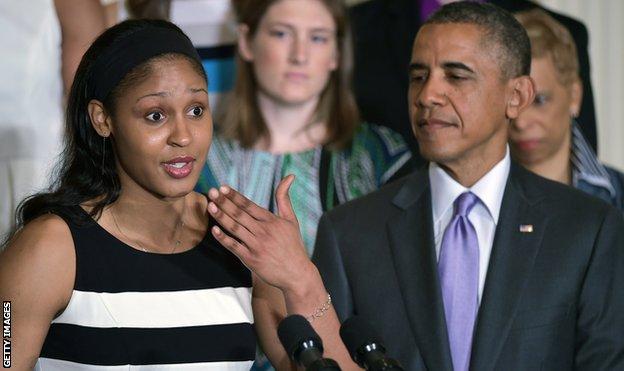
At the click of a button, you can sign an online petition to ask for a wrongfully convicted person to be freed. But that is not how Moore operates.
She is not asking every athlete to quit their job and join her. But she also does not care what your social media says. It is what people do when no-one is looking that matters.
Moore fought against the dehumanisation she speaks of by playing checkers with Irons. She visited him on public holidays. When he was freed, she invited Irons into her home.
Her whole philosophy can be boiled down into three words: keep showing up.
“If you have any sort of power or resources, you give it up and you power others,” she says.
Moore believes in sacrificing what she has to lift others up and in turn become a better person.
It is a selflessness many of us would not have the strength to access. But selflessness is perhaps what the world needs to drive real change.
And being so intertwined with one man’s future means that, though she has been successful on this occasion, she knows exactly how hard the struggle could get.
When asked what she has learned in the process of Irons’ release, the list is lengthy and the scope of issues overwhelming.
Should drug laws be changed? Are the police overfunded? Are they underfunded? What is better, punitive or restorative justice? How can voting procedures be changed?
Prosecutorial reform has been the main focus of Moore’s and Irons’ fight. But she now knows the importance of criminal justice reform and of changing the USA’s approach to imprisonment.
“It’s so broad,” says Moore.
“When I first started getting educated I was so overwhelmed – as we all are, those who have been having their eyes opened more recently.”
If there is an immense amount of work to do, Moore knows she cannot do it all and she is not alone in her fight.
She has inspired other athletes to follow her lead. Former University of Connecticut team-mates Renee Montgomery and Tiffany Hayes are both taking this WNBA season off to help with voter registration and social justice reform.
For now, Moore will be sticking to prosecutorial reform. Her campaign, Win With Justice, seeks to challenge a “win” culture that is considered to be “eroding the trust our community must have in those charged with promoting public safety”.
She says: “I see such a connection between sports and the leadership that prosecutors have of winning and losing. What is a win and what is a loss?
“I will continue to try to help and share and empower others to do the same.”
It is not yet clear what form Moore’s continued work will take, nor whether she will return to basketball.
The release of Irons, who is now 40, may be the end of one journey for him and for Moore, but it will not be the end of their friendship.
“I can’t,” Irons says when Moore asks him to describe his emotions for the camera capturing the moment of his release.
He shakes his head a few times before eventually muttering: “Life.”
He pauses, then continues: “I feel like I can live life now. I thank everybody that supported me – Maya and her family. I’m so grateful to have somewhere to be home.”
He wipes tears from his eyes before pulling up a face mask that was made for him by other inmates.
It has “hope” written on it because that is what they need. That is what Irons and Moore have needed for the past 13 years.
“I’m not going to forget them,” he says. “And I’m going to help the ones that I can.”

